Adopting a New Mortgage CRM Doesn’t Have to Be Daunting.
Implementing a Customer Relationship Management (CRM) system specifically tailored for the mortgage industry can be a transformative move for lenders. A mortgage CRM not only helps in automating and streamlining operations but also greatly enhances customer relations and satisfaction. However, with an abundance of features and capabilities, adopting a CRM can initially seem overwhelming. This comprehensive guide offers a step-by-step process to evaluate, select, and deploy a mortgage CRM system effectively, ensuring a smooth transition for your team and maximum benefits for your business.
Step 1: Identify Your Needs and Objectives
Begin by assessing your current processes and pinpointing areas that require improvement. Are you looking to enhance lead generation, streamline loan processing, improve customer communication, or all of the above? Understanding your specific needs and objectives will help guide your search for a CRM that best fits your requirements.
Step 2: Evaluate Available CRMs
With a clear idea of what you need, delve into researching and evaluating available mortgage CRMs. Look for systems that boast strong features in areas most relevant to your objectives. Key capabilities might include pipeline management, automated follow-ups, integration with loan origination systems, and advanced reporting features. However, it’s crucial not to get lost in the multitude of available features. Focus on finding a CRM that aligns with your primary goals.
Step 3: Consider User-Friendliness and Scalability
A powerful CRM that’s complex and cumbersome may end up underutilized. Prioritize systems that offer an intuitive user interface and require minimal technical skill to navigate. The CRM you choose should also be scalable, capable of growing with your business without requiring a complete overhaul down the line.
Step 4: Request Demos and Trials
Once you’ve shortlisted potential CRMs, request demos and, if available, free trials. This hands-on experience will give you a better understanding of how each system works and how it can be adapted to your specific needs. It also provides an opportunity to involve your team in the selection process, ensuring the chosen CRM meets the broader team’s requirements and preferences.
Step 5: Plan Your Implementation
With a CRM selected, the next step is to plan your implementation. This should include a detailed timeline, designated responsibilities for your team, and any necessary preparations, such as gathering and organizing customer data for migration. Proper planning at this stage can significantly reduce disruptions to your operations during the transition.
Step 6: Train Your Team
A critical step that often determines the success of CRM adoption is training. Invest in comprehensive training sessions to ensure your team is comfortable and proficient with the new system. Highlight how the CRM will make their tasks easier and more efficient and be sure to cover both basic functionalities and advanced features. Remember, a well-trained team is the key to leveraging the full potential of your CRM.
Step 7: Roll Out Gradually
Consider a phased rollout of your CRM, starting with core modules before introducing more advanced features. This approach helps prevent information overload and allows your team to adapt more smoothly to the new system.
Step 8: Measure Success and Solicit Feedback
Once your CRM is up and running, establish KPIs (Key Performance Indicators) to measure its impact on your operations. Regularly review these metrics to assess whether the CRM is helping you achieve your business objectives. Additionally, solicit feedback from your team to identify any challenges or areas for improvement. Their hands-on experience can provide valuable insights into how the system can be better utilized or customized to fit your needs.
Conclusion
Implementing a mortgage CRM can seem daunting, given the wide array of features and capabilities these systems offer. By following a structured, step-by-step process, you can simplify the selection and deployment of a CRM that best suits your needs, ensuring a successful transformation of your operations. Remember, the goal of adopting a CRM is not just to incorporate new technology but to enhance efficiency, improve customer relations, and ultimately drive business growth. With careful planning, the right choice, and ongoing engagement from your team, a mortgage CRM can be a powerful tool in achieving your lending objectives.
Discover Mortgage CRMs
Written by: Cheyenne Pauley
12/17/24




